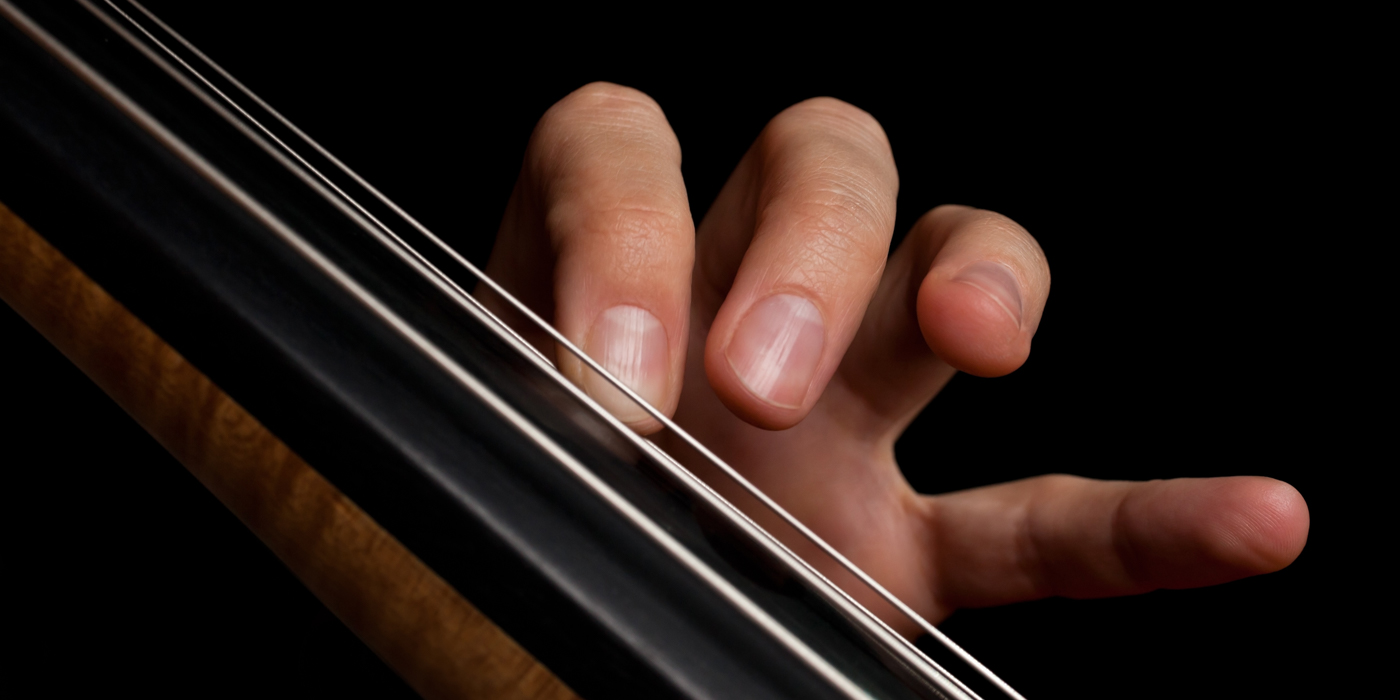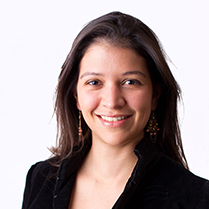
In learning psychology, constructivism is a paradigm or worldview that states that learning is an active, constructive process. In this worldview, new information is linked to prior knowledge, and personal experience plays a prominent role in the development of the new knowledge. Lev Vygotsky is one among several psychologists who contributed their own theories of learning and provided the foundation of constructivism.
Vygotsky’s Theory
Vygotsky proposed the Social Development Theory. Its three major components are:
- Social interaction
- There is a “more knowledgeable other”
- Zone of Proximal Development
In Vygotsky’s view, social learning precedes development. This means that culture and community context affect cognitive development. Secondly, in all cultures and learning situations, there is a “more knowledgeable other;” a person who has mastered the task or skill being learned and from whom the child or student can learn it. This “more knowledgeable other” in most cases is an adult (a teacher or a parent), but can also be a peer with a higher level of expertise.
The Zone of Proximal Development (ZPD) is the zone in between what the child can do on their own and what they cannot do unaided. The ZPD provides the space in which the social interaction with an experienced peer or adult promotes learning. It’s the space where the child can perform the skill or task with guidance. The ZPD provides valuable insights that can help us help our students learn more effectively.
Today I’d like to share a practical, real-world example of how you might use “scaffolding” to help students work in the ZPD and grow as musicians.
Scaffolding: The Theory Put to Practice
The process by which a teacher, parent or peer supports a learner to work in the ZPD is called scaffolding. The person providing the scaffolding has already mastered the skill and is able to model it for the learner.
One way to provide guidance and support is by breaking the task into simpler, more accessible elements. This is referred to as “chunking.” The learner, in turn, is able to “construct” the new knowledge or skill one step at a time. As the new skill is learned and the knowledge acquired, the teacher then gradually withdraws the support.
Scaffolding in the Music Classroom
It is hard to imagine that any music teacher would simply hand out a piece of music to their students and say “play.” Instead, it is very likely you are already using modeling and chunking as strategies in your music classroom to scaffold the learning for your students.
If you are a teacher of beginner students, for sure you are doing this: break each skill into small, easily achievable chunks. For example, the first thing you might teach to your beginner students is how to take the instrument in and out of its case, then you may teach them how to hold it. Next you might teach where to put each hand and finger. Now, why stop there? If you teach advanced students, they will clearly and easily incorporate prior learning, but they will still need you to provide guidance for the acquisition of new skills.
Social Interaction
A good music teacher doesn’t only talk about and explain how to perform each skill, but also demonstrates how to put the skill into practice one step at a time. The teacher provides a model. This social interaction, and the back and forth between the teacher and the student is the guidance that the student needs to achieve in the ZPD. Alternatively, a more advanced student can help the least advanced one as well.
Using Scaffolding to Teach A Specific Task
I taught cello in private lessons and orchestra in public school, so I will give you an example of scaffolding and you can use in your orchestra classroom. Though this example is very specific to cello and bass, I hope my experience will spark some ideas of your own. The original idea is not mine, but rather one of those pedagogical tricks that get passed down from one teacher to another.
Vibrato
As you probably know, vibrato is a skill that allows the musician to slightly change the pitch of a note to produce a richer tone. For string players, this is a skill that takes some time to acquire and should only be taught once a student has a strong foundation of intonation. I am going to narrow down the strategy further to cellists and bassists.
Step 1: Understanding the basic motion
- Take a small empty prescription bottle and partially fill it with rice or small dried beans. Shake it to make sure it makes noise. Alternatively, you can use a partially filled Tic Tac box.
- Hold the box or bottle in the palm of your left hand
- Hold your left arm to the side and bend the elbow, so the hand is in front of your chest
- With the arm in that position, shake the bottle up and down until it sounds like a maraca
Step 2: Practicing the basic motion
- Find a rubber band and wrap it around your left hand, putting the bottle or Tic Tac box between the rubber band and the back of your hand. The palm of the hand should be free.
- Hold your left arm to the side and bend the elbow, so the hand is in front of your chest
- With the arm in that position, shake the bottle up and down until it sounds like a maraca

Step 3: Transferring the motion to the cello
- Hold the cello or bass in playing position. The right hand should be resting on the right knee.
- Place the left hand over the fingerboard as if you are going to play. Do not press down on the strings with the fingers.
- Keep the thumb loose and slide your entire hand up and down the fingerboard about 2-3 inches, making sure you don’t press down on the strings or with the thumb. The bottle or box should still be making the “maraca” sound.
- Slowly place the fingers in between the D and G strings and make the movement smaller while making sure you still hear the “maraca sound”
- Finally, when the student has control of this motion, have him press down on the D string with the 1st or 2nd finger while keeping the motion and making the “maraca” sound.
- Have students practice vibrato like this in the classroom/lesson for a few minutes each day.
Step 4: Putting the right and left hands together
- Repeat all the steps above and once the motion has become natural, have the student bow on a different string from the one they are vibrating on. Sometimes incorporating the right hand will make the left tighten up.
- Repeat this process several times and have students practice it at home and at school
- Once the right hand can bow on one string while the left vibrates on another, try bowing on the same string where the left hand is vibrating.
Step 5: Removing the scaffold
- Have the student practice all the steps above with the bottle/box and rubber band
- Remove the bottle/box and rubber band and continue
Some more refinement of the skill and motion will be necessary, but if done correctly, consistently and without rushing, this exercise will set up your cellist or bassist to have a beautiful, loose vibrato from the start. To augment the impact of this scaffolding strategy and put it in the context of social learning, you could pair students who have mastered the skill with those who haven’t yet and let the more experienced one, help the other.
I’ve provided an example that is very specific to a particular task. The key was to break the process down to each of its individual parts and work on each one to help build the next. The key is practice and social interaction with an adult or a peer who’s already mastered the process. I hope the article provides some ideas that you can apply on your own.
